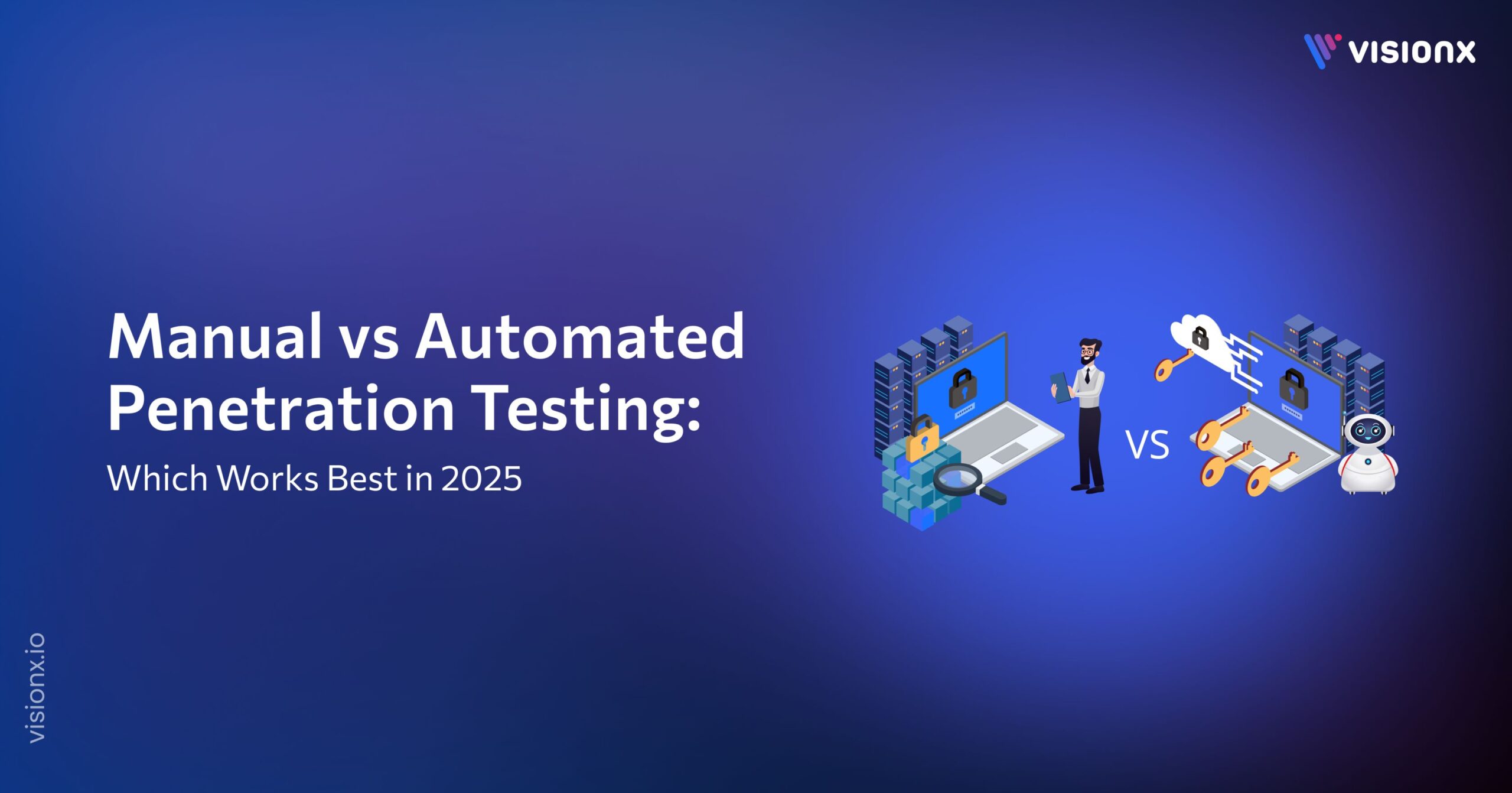Developing a robust IT strategy has become crucial for growing businesses in today’s digital age. As organizations strive to expand and adapt to an ever-changing business landscape, they face unique challenges in developing an IT strategy that aligns with their growth objectives and effectively leverages technology to drive success.
This article will explore the challenges growing businesses face in developing an effective IT strategy. We will examine the critical components of a robust IT strategy and discuss strategies to overcome the obstacles encountered.
Importance of IT Strategy for Growing Businesses
An IT strategy is a roadmap that outlines how technology will be utilized to achieve business goals and objectives. For growing businesses, a well-defined IT strategy is essential for several reasons. It helps optimize operational efficiency, enhances decision-making processes, enables scalability, mitigates risks, and fosters innovation.
Organizations can unlock their full potential and gain a competitive edge by aligning technology initiatives with business goals.
Understanding the IT Strategy
An IT strategy is a formal document that provides a roadmap for the organization’s technology-related activities. It outlines the IT department’s goals, initiatives, and priorities, ensuring that technology investments are aligned with business objectives. Using this strategy, the organization will be able to
- Make informed technology adoption decisions.
- Prioritize projects, and allocate resources effectively.
- Manage risks associated with technology implementation & maintenance.
Critical Components of an Effective IT Strategy
An effective IT strategy encompasses several vital components that drive business growth and success. These components include:
- Business Alignment:
You ensure your IT strategy closely aligns with the organization’s business strategy and goals. - Technology Assessment:
Conducting a comprehensive assessment of existing technology infrastructure, systems, and capabilities to identify gaps and opportunities for improvement. - Risk Management:
Identify potential risks and implement measures to mitigate them, such as cybersecurity protocols and disaster recovery plans. - Resource Planning:
Determining the resources, including budget, personnel, and technology tools, required to implement the IT strategy effectively. - Governance and Compliance:
Establishing governance structures and processes to ensure compliance with regulatory requirements and industry standards. - Measurement and Evaluation:
Defining key performance indicators (KPIs) to measure the effectiveness of the IT strategy and regularly evaluating its progress and impact on business outcomes.
Role of IT Strategy in Supporting Business Growth
An effective IT strategy supports businesses in several ways:
- Aligns technology initiatives with growth objectives, supporting business growth.
- Facilitates scalability, flexibility, and adaptability to changing market conditions.
- Optimizes internal operations through automation, ERP systems, and cloud solutions.
- Improves customer experiences through CRM systems and personalized interactions.
- Fosters innovation drives business transformation and identifies new opportunities.
- Ensures data security, privacy, and compliance with cybersecurity measures.
- Enables strategic decision-making with real-time data and analytics capabilities.
- Ensure that businesses gain a competitive advantage and differentiate themselves from their competitors.
Challenges in Developing IT Strategy for a Growing Business
In an era of rapid technological advancements, staying ahead of the curve has become imperative for businesses seeking to thrive in a digital-driven world. The speed at which new technologies emerge presents opportunities and challenges for organizations on the growth path.
Keeping up with Technological Advancements
It is challenging for businesses to navigate the ever-changing technology landscape to drive innovation and success.
Rapid Pace of Technological Change:
In today’s digital era, technology evolves at an unprecedented pace. Innovations, frameworks, and solutions regularly emerge, disrupting industries and transforming business landscapes. Organizations must constantly track and adapt to these advancements to stay competitive, lest they risk falling behind their industry peers.
Evaluating and Adopting New Technologies:
Adopting new technologies isn’t simply a matter of following trends. It requires a strategic approach that aligns with the business’s unique needs and growth objectives. This process involves carefully considering factors such as compatibility with existing systems, scalability, security, and the overall return on investment.
Managing IT Infrastructure and Resources
As businesses experience expansion, their IT infrastructure and resources play a critical role in supporting operations and driving productivity. However, managing these aspects effectively poses significant challenges.
Scalability and Capacity Planning:
With business growth, IT infrastructure needs to keep pace with increasing demands. Scalability and capacity planning become critical factors in maintaining seamless operations. Organizations must anticipate future growth and evaluate their Infrastructure’s ability to handle expanding workloads. This involves planning for server capacity, network bandwidth, storage, and processing requirements.
Resource Allocation and Budget Constraints:
Allocating resources efficiently becomes more complex as multiple areas, such as Infrastructure, software, and talent, compete for funding. Striking the right balance and prioritizing investments is crucial. Overcoming budget constraints requires exploring cost-effective solutions, leveraging open-source technologies, and adopting IT asset management practices to optimize resource utilization.
Aligning IT Strategy with Business Goals
In today’s rapidly evolving business landscape, aligning IT strategy with overall business goals has become paramount for organizations striving to achieve sustainable growth.
Understanding Business Objectives and Growth Plans:
To develop a robust IT strategy, Understanding the organization’s business objectives and growth plans is crucial. This involves engaging critical stakeholders from various departments to understand their needs and challenges.
Ensuring IT Strategy Supports Business Needs:
The challenge lies in designing an IT strategy that effectively addresses current and future business needs. Balancing immediate operational requirements with long-term growth goals can be a delicate task. It requires a holistic approach considering market dynamics, industry trends, and customer expectations. Regularly reviewing and refining the IT strategy ensures its continuous alignment with evolving business needs.
IT Strategy Example – Harnessing Cloud Computing
Suppose a company aims to capitalize on the advantages of cloud computing. In this scenario, its IT strategy typically involves migrating legacy systems and applications to cloud-based platforms, leveraging Infrastructure as a Service (IaaS) & Software as a Service (SaaS) solutions for scalability and cost-efficiency, and optimizing cloud resources for enhanced performance and reliability. The strategy also encompasses robust data security measures, compliance adherence, disaster recovery planning, and fostering a culture of cloud-driven collaboration and innovation.
However, the IT strategy would involve more extensive planning, specific objectives, and customized approaches tailored to the organization’s unique needs and goals.
Conclusion
In conclusion, developing a robust IT strategy is essential for growing businesses to navigate the challenges and harness the opportunities presented by the digital age. By aligning technology initiatives with business goals, organizations can optimize operational efficiency & gain a competitive edge in the marketplace.
VisionX, a leading IT consulting firm, can provide invaluable support in developing and implementing an effective IT strategy. With their expertise in IT consulting services, VisionX can assist businesses in assessing their technology needs, identifying growth opportunities, and crafting a tailored IT strategy that aligns with their unique requirements. By leveraging VisionX’s guidance, businesses can overcome IT strategy challenges, streamline their operations, and position themselves for sustained growth and success.


